What to Do With an Abandoned Water Well
Water wells can pose serious threats if they aren't decommissioned.
Water wells were once central to homeowners and communities. But since the development of indoor plumbing, they've fallen out of use and can be hazardous to have on a property. A homeowner might recognize the existence of an old well by the presence of a rusty pipe, a concrete vault, or even an unexplained pit in a yard.
This article reviews what to do with an abandoned water well.
The dangers of an old water well
Water wells can pose serious threats if they aren't decommissioned. One pressing concern would be groundwater contamination. Property owners may accidentally fill the well with waste and impurities if it is open. Pesticides, fertilizer, and chemicals can reach groundwater levels, contaminating a wider area and other water systems.
A forgotten well will also be a general safety hazard to property owners. It poses a risk of injury as people and animals can fall into pits or trip over an unseen pipe.
How to find an old water well
Certain things identify an old well, such as rusty pipes jutting from the ground, ground depressions, vaults, and pits. A small building next to such a depression or pipe could be an abandoned well house. An irregular landscape is another possible sign of an old well. If such things exist, contacting a professional to inspect them further is best.
If you live on an older property, check old documents that may show if someone built a well in the area. Old deeds, maps, and historical records may indicate the location of a well with symbols or notes.
Next steps for an old well
It's best to seal and decommission all old wells. However, this isn't something homeowners should attempt to do alone. State regulations and ecological laws require a licensed professional to do so instead. Many areas will also need professionals to fill out reports of decommissioned wells.
After contacting a water pump professional, they'll need first to determine if the element is indeed an old well. Once they've established this, the contractor will select the safest and most effective decommissioning method. The process will require specialized equipment and expertise to do so successfully and safely.
Sealing and decommissioning a well will prevent further contamination while removing it as an injury risk. Once the process is done, professionals will document and report the project before filing it with an appointed regulatory agency as proof. Professionals can also periodically monitor the sealed well through future inspections.
Contact the correct authorities
Homeowners should also contact their area's environmental protection or water quality division before starting the decommissioning process. They can confirm the procedures for proper decommissioning and monitor the operation afterward. Appointed agents will keep the records of the decommissioned well for future reference.
Pump Repair Services provides residential and commercial pump repair services for water well pumps, water feature pumps, transfer pumps, industrial irrigation pumps, and more, as well as custom water filtration services in the Orlando area. (Sorry, no pool pumps or sewer pumps.) We offer 24-hour emergency service. Call us at (407) 625-5499.

